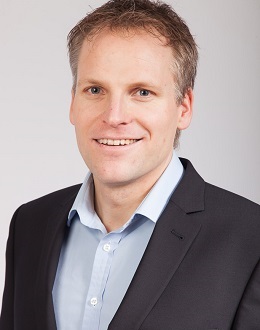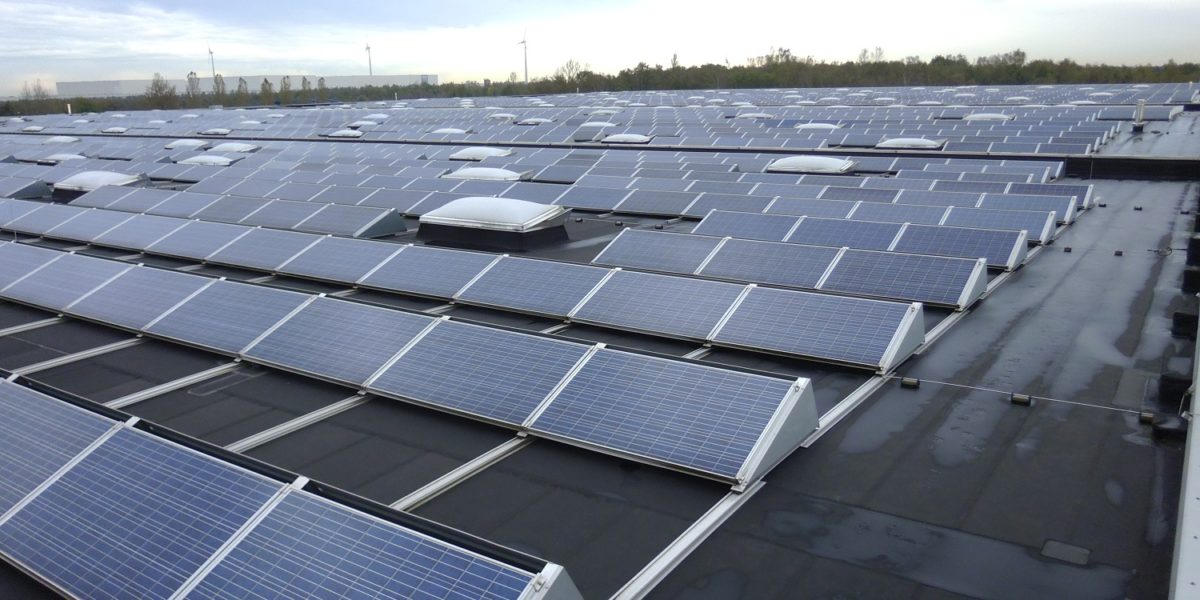In this case, the yield abruptly dropped – and it happened after several years of operation. For the O&M service provider Ensibo, the search for clues was a challenge:
The system: A roof-mounted system on a logistics warehouse with a rated output of just under one megawatt. The crystalline modules are mounted at 22 degrees and oriented to the south. The plant was built in 2011 in North Rhine-Westphalia. The O&M service provider Ensibo assumed operational management of the facility in the summer of 2016.
The monitoring system reports: The monthly report shows a performance ratio of 75 percent for September. Up to now, the performance ratio has ranged from 80 to 83 percent in the sunny half of the year.
Suspicion: In September there were several failures of the measurements in the generator junction boxes. For this reason, the initial assumption is that the monitoring system data is incomplete.
Actions taken to identify the fault: First of all, the operations manager compares the string currents in the junction boxes and the yield of the inverters in the monitoring system with the yield of the grid operator's feed-in statement. This reveals that the sum of the inverter yields and the yield of the feed-in meter are roughly equal. However, the string current totals are below the DC current at the inverter. The faulty circuit boards that measure the string current were replaced. In the following month of October there are no measurement discrepancies, but the performance ratio is still clearly too low.
Another factor: The plant manager updated the central inverters with new firmware during routine maintenance in September. This gave rise to the assumption that the inverters could be behaving differently than before. This assumption cannot be confirmed by comparing the plant's inverters with identical inverters of the same type at a neighboring site. There are no temporary inverter failures, the devices do not start later and do not go into stand-by mode sooner.
The module temperatures are also not conspicuous over the course of the month compared to the previous months and the previous year. The frames are covered with metal plates on the north side, restricting the rear ventilation of the modules. However, nothing changed in that regard during the period in question.
As a next step, the local technician tests the module array: An unusual event could have resulted in the modules being soiled. A few months earlier, a flock of seagulls passed directly over the plant. Afterwards, extremely heavy soiling from bird droppings had to be removed. This is not the case now. The technician classifies the soiling as light to medium. He cleans a single module and tests it again weeks later. The module remains clean even after the end of this period.
A consultation with the caretaker reveals that the system was never cleaned prior to 2016. It therefore seems unlikely that soiling is the cause of the reduced performance ratio. Since the plant manager has no further ideas for troubleshooting via remote monitoring, it carries out an on-site inspection with its own personnel. Spot I-V curve measurements are taken and the panels are inspected with a thermal imaging camera. As a result, module soiling is narrowed down as the only possible cause of the fault. The modules are cleaned manually from two measuring ducts. A significant performance leap is immediately visible in monitoring.
Consequences of the investigation: The plant manager commissions a professional module cleaning company to clean the entire plant. During the four-day cleaning process, higher string current is already visible in the cleaned module strings. A month after the cleaning process is completed, the performance ratio is back up to around 82 percent. Although the observation period is quite short, it is clear that dirt was the main cause of the reduced performance.

Photo: Ensibo
Ensibo is an independent service provider for the technical operation of solar power plants and offers monitoring, fault management, maintenance and reporting. Based in Hamburg, ensibo monitors about 100 megawatt peak from plants in Germany and Kazakhstan. Ensibo's own employees inspect and maintain solar parks nationwide. In the event of a fault, numerous qualified local partners are available for quick and economical repairs.
Conclusion: Car tires are handled in the logistics warehouse on which the plant is built. According to the caretaker, there is no change to the manner in which the skylights on the roof between the modules are opened. In the immediate vicinity is a plant that processes anthracite coal. A coal port is also within sight of the plant. The modules are thus exposed to deposits of tire dust, anthracite and lignite dust. All three emissions are very opaque. It was impossible to determine which of the three obvious possible causes was the culprit. Presumably there was a fault in the operation of one of the plants. In contrast, soiling in agricultural operations is significantly less opaque, although, according to Ensibo's management experience, it is usually presents a far more dirty appearance.
Effort of troublesooting in this case
Estimate of the cost of troubleshooting after discovering the lower performance ratio:
- On-site service technician: 0.5 technician working days
- On-site field service Ensibo: 1.5 engineer working days including measuring devices
Estimate of the waiting time that elapsed between detection of the lower performance ratio and identification of the soiling:
5 weeks
Cleaning costs:
6,000 Euro
Yield increase:
Approximately 43,000 kilowatt-hours per year, with a feed-in tariff of approximately 24 euro cents per kilowatt-hour, for a total of roughly EUR 10,000 more yield per year.
pv magazine troubleshooting series:
- What happens when… bypass diodes fail?
- What happens when… several module strings fail?
- What happens when…insulation Fails?
If you are interested in participating in similar cost estimates or have suggestions for a more efficient handling of the faults, we look forward to receiving an e-mail from you: Please contact michael.fuhs@pv-magazine.com (subject line: “troubleshooting”).
This content is protected by copyright and may not be reused. If you want to cooperate with us and would like to reuse some of our content, please contact: editors@pv-magazine.com.



The cleaning problem of flat panels is very important in countries with a harsh environment but also in Europe. At TENOGA an Israeli start up with have developped a new tubular self cleaning PV solar System . If you are interested contact me at claude.oiknine@tenoga-pv.com